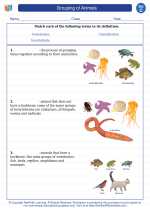Concrete
Concrete is a versatile and widely used construction material made from a mixture of cement, water, and aggregates such as sand and gravel. This combination forms a solid and durable material that is used in the construction of buildings, roads, bridges, and more.
Composition of Concrete
Concrete is composed of several key ingredients:
- Cement: A fine powder made from limestone, clay, and other minerals that hardens when mixed with water.
- Water: The essential ingredient that activates the cement and allows the concrete to be mixed and poured.
- Aggregates: These include sand and gravel, which provide bulk and strength to the concrete.
- Admixtures: Additional materials added to the mix to alter properties such as setting time, workability, and strength.
Properties of Concrete
Concrete possesses several important properties that make it suitable for construction:
- Strength: Concrete can withstand heavy loads and is often used in the construction of foundations and structural elements.
- Durability: When properly mixed and cured, concrete can last for many years, making it a long-lasting construction material.
- Workability: Concrete can be molded and shaped into various forms and structures, making it versatile for different construction needs.
- Fire Resistance: Concrete is non-combustible and provides fire protection, making it a preferred material for building construction.
Uses of Concrete
Concrete is used in a wide range of construction applications, including:
- Building foundations and slabs
- Roads and pavements
- Bridges and dams
- High-rise buildings
- Driveways and walkways
Study Guide
Here are some key points to remember about concrete:
- What are the main components of concrete?
- What are the important properties of concrete?
- What are the various uses of concrete in construction?
- How is concrete mixed and poured?
- What are some factors that can affect the strength of concrete?
Understanding the composition, properties, and uses of concrete is essential for anyone interested in construction and engineering. It is a fundamental material that shapes our built environment and plays a crucial role in modern infrastructure.
[Concrete] Related Worksheets and Study Guides:
.◂Science Worksheets and Study Guides Third Grade. Grouping of Animals
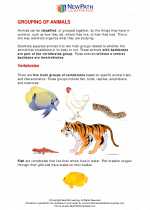
 Activity Lesson
Activity Lesson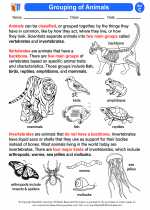
 Worksheet/Answer key
Worksheet/Answer key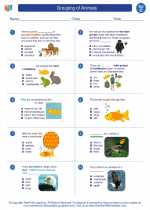
 Worksheet/Answer key
Worksheet/Answer key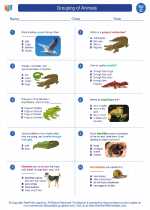
 Worksheet/Answer key
Worksheet/Answer key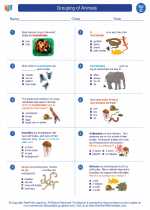
 Worksheet/Answer key
Worksheet/Answer key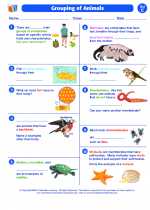
 Vocabulary/Answer key
Vocabulary/Answer key